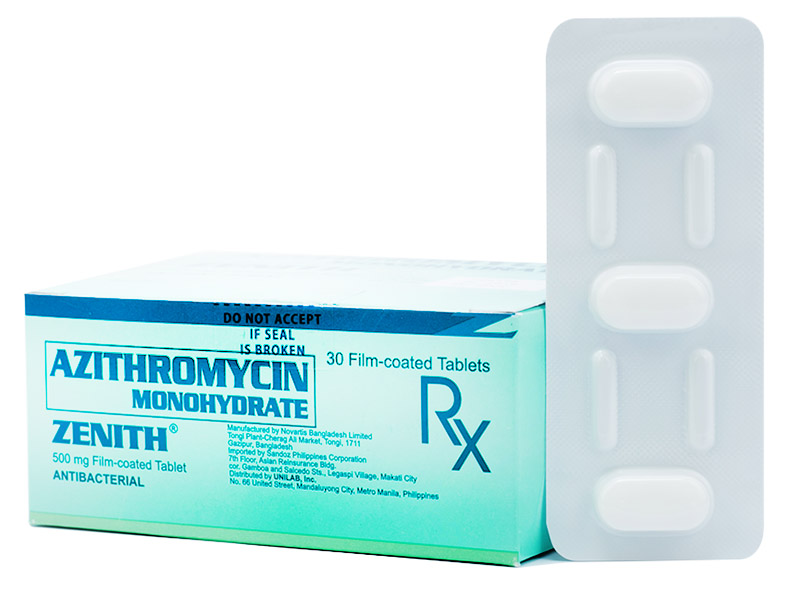In 2024, outbreaks of whooping cough were reported across the Philippines, including Quezon City, Iloilo, and Cavite. The Department of Health (DOH) has reported more than 1,000 cases of whooping cough in the first quarter of 2024 alone, 54 of which resulted in deaths of children below five years old.
Whooping cough is an acute and highly contagious respiratory infection—but also preventable and treatable. Explore this guide on whooping cough, including key symptoms, treatment options, and prevention measures to keep you and your loved ones safe.
What causes whooping cough?
Pertussis, or more commonly known as whopping cough, is caused by bacteria called Bordetella pertussis. This bacteria latches on to the cilia, which are slim, hair-like structures that line parts of the lungs and upper respiratory tract. The bacteria secrete toxins which can harm the cilia and make the airway swell.
Bordetella pertussis can be rapidly transmitted through the air in the form of particles, like when a person carrying the bacteria sneezes or coughs, or when they are frequently exposed to and are in close breathing proximity as others.
Whooping cough predominantly affects children and infants, but people of all ages may be infected.
What are the symptoms of whooping cough?
The premature stages of whooping cough often resemble the common cold, with symptoms such as runny nose, nasal congestion, red and watery eyes, cough, or fever. It becomes more distinguishable in its later stages, around one to two weeks after the onset of primary symptoms.
The distinguishing symptom of whooping cough—a high-pitched “whoop” that is produced at inhalation—also appears at this stage of the infection. Other telltale signs of whooping cough include:
- Vomiting after coughing fits
- Extreme fatigue
- Difficulty breathing
- A red or bluish face
Among babies, whooping cough symptoms vary. It may manifest primarily as troubled breathing in infants, which may result in a bluish complexion. However, it is also possible for infants not to present coughing as a symptom during the entire course of the illness. Instead, the illness may mimic that of the common cold.
Milder infections are often the case for teenagers and adults who have previously received vaccination for whooping cough. Those who are not vaccinated against whooping cough are at higher risk of developing more serious cases.
How is whooping cough treated?
Whooping cough is primarily treated with antibiotics prescribed by a doctor. The most commonly prescribed antimicrobial treatments for whooping cough are azithromycin, clarithromycin, or erythromycin. A combination of trimethoprim-sulfamethoxazole may also be prescribed for whooping cough, especially among infants aged two months or older.
Managing symptoms of whooping cough may also be helped by efforts that can minimize the spread of bacteria. Some steps include: reducing irritants that may cause coughing, such as smoke or chemical fumes, staying hydrated, and eating small meals to avoid vomiting.
How is whooping cough prevented?
The best way to prevent a case of whooping cough is by getting vaccinated. The most common vaccines used against pertussis are the DTaP and Tdap vaccines, both of which help prevent diphtheria, tetanus, and pertussis. DTaP is approved for administration among children below seven years old. Tdap, which contains lower doses of diphtheria and pertussis vaccines, is administered to those aged seven years and above.
Here is an overview of vaccination schedule for pertussis:
| PRIMARY | ||
| Diptheria, Tetanus, Pertussis Vaccine (DTP) - 3 doses | ||
| 1 1/2 months old | 2 1/2 months old | 3 1/2 months old |
| BOOSTER | ||
| DTP | DTP | Tdap |
| 12-18 months old | 4-6 years old |
9-18 years old *recommended every 10 years |
Source: Pediatric Infectious Disease Society of the Philippines
Pentavalent vaccines or 5-in-1 vaccines may also be administered as it includes vaccine against pertussis, as well as four other diseases (diphtheria, tetanus, hepatitis B, and hemophilus influenza type B). This may be given to infants aged six weeks to one year.
Aside from vaccination, preventive antibiotics may also be prescribed especially to those who have been exposed to someone with whooping cough. According to the U.S. Centers for Disease Control and Prevention (CDC), the prescription of preventive antibiotics may only be recommended if:
- they live with a person who has been diagnosed with whooping cough
- they are at an increased risk for contracting serious diseases, such as babies, pregnant women, or those with certain medical conditions
- they have close contact with someone who has an increased risk for contracting serious diseases
In general, the observance of proper hygiene may help prevent transmission of whooping cough. Take note of some preventive tips below:
- Wear a face mask when heading out or among a crowd as a precaution.
- Observe appropriate etiquette when sneezing or coughing by covering your mouth or nose with tissue.
- Throw away used tissue in the proper bin immediately to reduce risk of spreading bacteria.
- Avoid coughing or sneezing into your hands.
- Regularly wash your hands with soap for at least 20 seconds or use an alcohol-based sanitizer.
Whooping cough is a preventable and treatable illness, as long as proper care is taken not just within the household but also collectively as a community.
Sources:
- Whooping cough - Symptoms & causes - Mayo Clinic
- Bordetella - Medical Microbiology - NCBI Bookshelf
- Pertussis In Children | Johns Hopkins Medicine
- Pentavalent Vaccine Guide for HWS with Answers to FAQs.pdf
- Routine immunization for children in the Philippines, UNICEF Philippines
- DOH reports 568 pertussis cases, 40 deaths from Jan.1-March 16
- DOH Observing Pertussis Trends After Increasing Immunization



